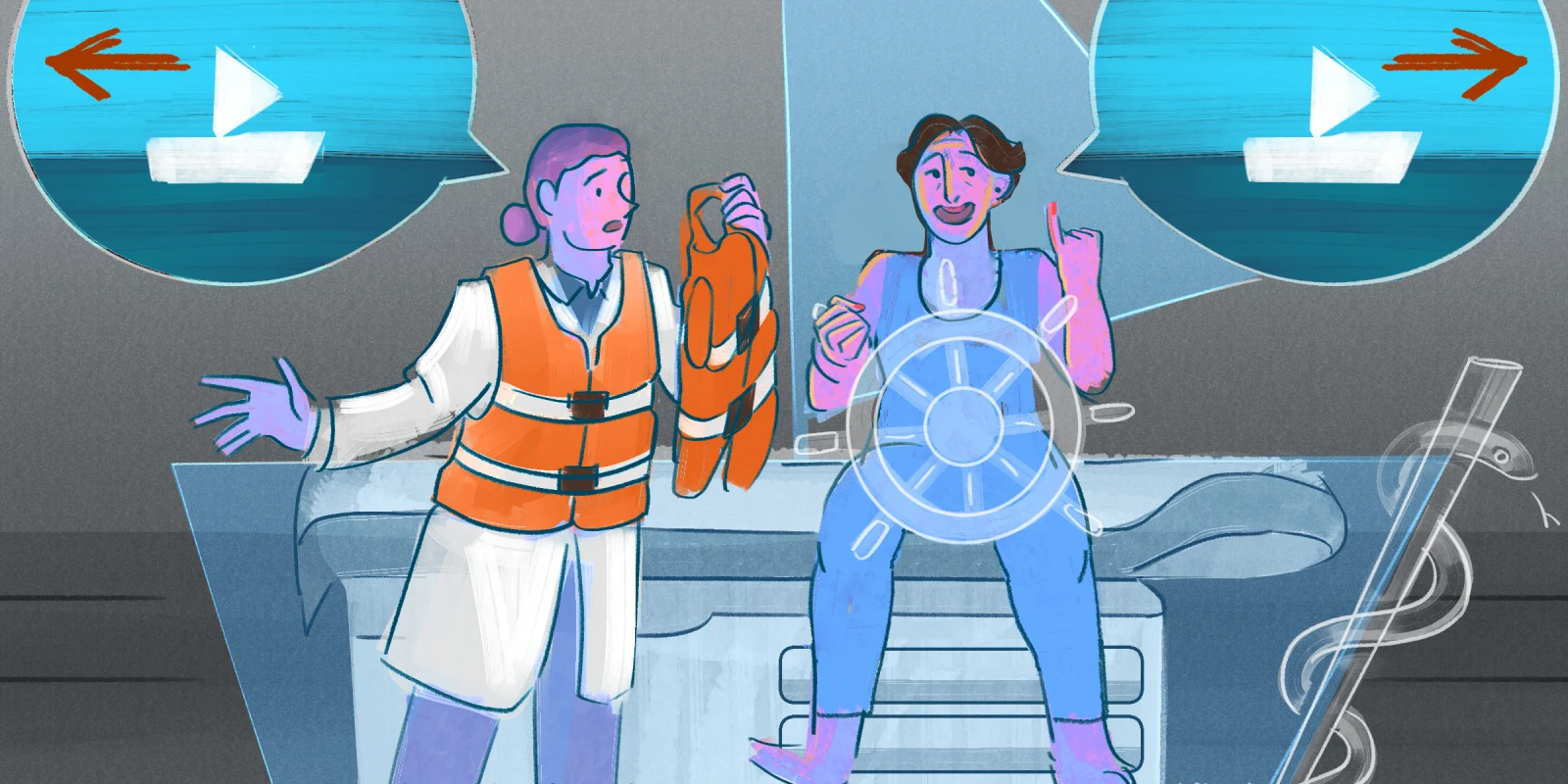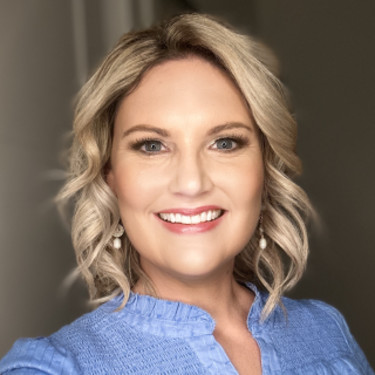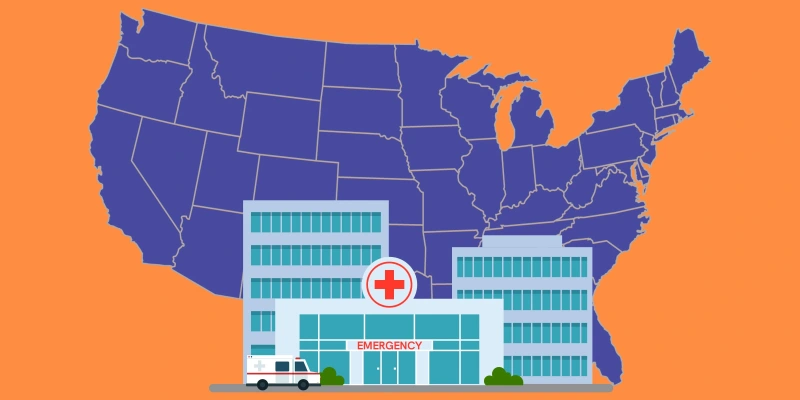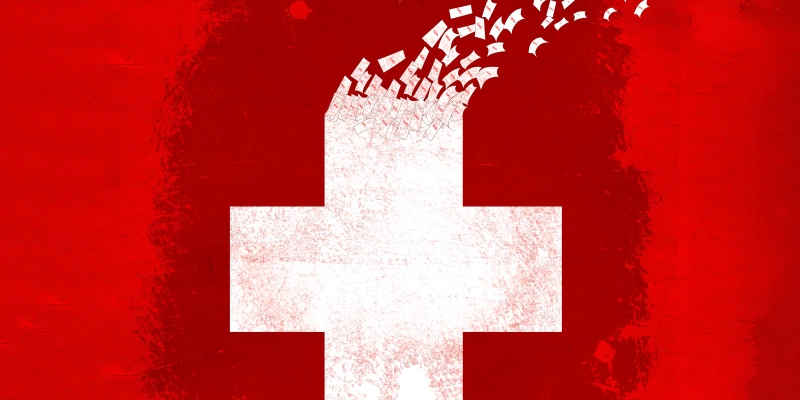I remember her clearly. A young woman with newly diagnosed lupus nephritis. The labs were clear. The biopsy was unequivocal. She was seeing me after being hospitalized for this new diagnosis. I walked into the room with a care plan that was evidence-based, time-sensitive, and aligned with best practices. I sat with her and was careful not to sound too pushy or overly alarming. After all, I was not the first person to go over these details with her, and she was still recovering from an intense hospital admission.
She nodded slowly as I explained the risks of untreated disease: kidney failure, dialysis, even death. Then she looked at me and said, “I think I’m going to try a natural approach first — maybe acupuncture and supplements. I want to give my body a chance to heal on its own.”
I felt my throat tighten.
Not because I doubted her right to choose. But because I could see what she couldn’t: the quiet storm brewing inside her immune system. And at that moment, I wasn’t just her doctor. I was a human being watching someone walk toward a cliff — and politely decline my outstretched hand.
This is one of the hardest parts of practicing medicine: when patients say no. Especially when it comes to decisions that can mean permanent damage to their bodies if left undertreated.
The Plan They Won’t Follow
We spend years in training learning how to recognize disease, interpret data, and design treatment plans. But no one prepares you for what to do when a patient rejects all of it.
It’s easy to frame these moments as noncompliance or misinformation. But the truth is more complicated. When patients don’t follow our advice, it isn’t always defiance. Sometimes, it’s fear. Sometimes it’s trauma. Sometimes it’s hope in something that feels more familiar or less terrifying than the protocols we’re offering.
Steve Jobs, for example, famously delayed surgery for his pancreatic cancer in favor of alternative therapies. Many have judged him for that choice. But in reading “Steve Jobs,” Walter Isaacson’s biography, I saw something else: a man searching for control. Searching for meaning. Searching for healing on his own terms, within his individual belief system.
Don’t we all want that?
When “Best” Isn’t Best for Them
I’ve learned that even our most well-intentioned recommendations come through a lens of training, experience, and bias. We are steeped in guidelines, data, and probabilities. But our patients live in the messiness of identity, culture, faith, fear, and community influence.
A treatment plan may be “correct” on paper but feel wrong in the context of a person’s lived experience.
I once had a patient who refused steroids for her autoimmune condition because, in her words, “I don’t want to lose myself again.” The last time she took prednisone, she spiraled into insomnia and agitation that left her disconnected from her children and emotionally unmoored. No amount of labs could capture that trauma.
Shifting From Control to Partnership
Early in my career, I thought my job was to convince. To present the data more clearly. To find the magic words that would unlock compliance.
Now, I understand my job is to stay. To remain present. To keep the door open.
We talk a lot about shared decision-making in medicine, but too often it feels like “shared” only if the patient agrees. True partnership means making room for decisions we may not agree with — without withdrawing our support.
I’ve started asking different questions:
- “What’s your biggest fear about this treatment?”
- “What matters most to you in your care right now?”
- “Is there anything you’ve read or heard that’s influencing your decision?”
These questions don’t just build trust. They give me insight into the emotional undercurrent of the decision — and they remind me that advocacy sometimes looks like walking beside someone, not pulling them along.
The Emotional Toll
There’s grief in these moments. The helpless kind. The kind that doesn’t come from failure, but from knowing what’s coming and being unable to stop it.
It’s a unique kind of suffering when you see what’s ahead for someone and realize they may have to experience it to believe you. It tests our humility. Our endurance. Our ability to let go without giving up. It can even feed our imposter syndrome when we feel like our patients don’t believe what we have to offer.
And yes, it’s exhausting. Especially when we’re already stretched thin by system demands, documentation, prior auths, and a thousand other fires that demand our energy.
But I’ve found that staying in the room — emotionally and professionally — even when the plan falls apart is its own kind of healing.
Seeds Still Grow
Not every “no” is permanent.
I’ve had patients who declined treatment only to return weeks or months later, ready to talk again. I’ve had patients try alternative therapies that failed and come back with a renewed willingness to collaborate.
One of the greatest lessons I’ve learned is that education is rarely wasted. The seed we plant today may not bloom until later, but our presence matters in the soil.
This is especially true in rheumatology, where patients often arrive with complex histories, chronic pain, and a backlog of feeling dismissed. When we choose to stay — even when we disagree — we shift the experience of care from transactional to relational.
Advocacy Reimagined
We tend to define advocacy as defending what is “right” for our patients. But what if we redefined it as defending their right to choose — even when we fear the consequences?
Advocacy isn’t always about changing someone’s mind. Sometimes it’s about helping them explore options safely, without shame. It’s about documenting the conversation with clarity and compassion. It’s about saying, “I’m here if you need me,” and meaning it. Leaving our doors open, rather than pushing our patients out in an exhaustive effort to force conformity.
That’s not giving up. That’s radical continuity of care.
Staying in the Room
This year marks over a decade since I entered practice. I’ve seen patients walk away from life-saving treatment, surgeries, referrals, and even diagnoses. I’ve learned to grieve quietly, recalibrate often, and never assume that a patient’s “no” is a reflection of my failure.
We don’t always get to be the hero in someone’s healing journey. But we do get to be the witness. The steady hand. The voice they remember when they’re ready to come back.
I still think about that young woman with lupus nephritis. She didn’t start the plan we discussed that day. But she kept coming. Every few months. And eventually, we began a treatment plan that she felt ready for.
It wasn’t perfect. It wasn’t textbook. But it was the story that made sense to her.
And that’s what medicine looks like, more often than not: imperfect, messy, human. It’s less about compliance and more about connection. Advocating that there are treatment options available and why they are important.
So when our patients say no, I remind myself: I can still say yes. Yes to showing up. Yes to listening. Yes to a relationship that can bend without breaking. Yes to remaining calm and nonjudgmental. Yes to leaving my clinic door open for them to return.
Because healing isn’t always about control. Sometimes, it’s just about staying in the room.
How do you navigate patient decisions that go against your best medical advice? Share in the comments.
Dr. Brittany Panico is a rheumatologist in Phoenix, AZ. She is a wife and mother of three awesome boys and enjoys hiking, being outdoors, traveling, and reading. She posts on @AZRheumDoc on Instagram and Brittany Panico, DO, on LinkedIn. Dr. Panico was a 2023–2024 and 2024–2025 Doximity Op-Med Fellow and continues as a 2025–2026 Doximity Op-Med Fellow.
Illustration by April Brust







